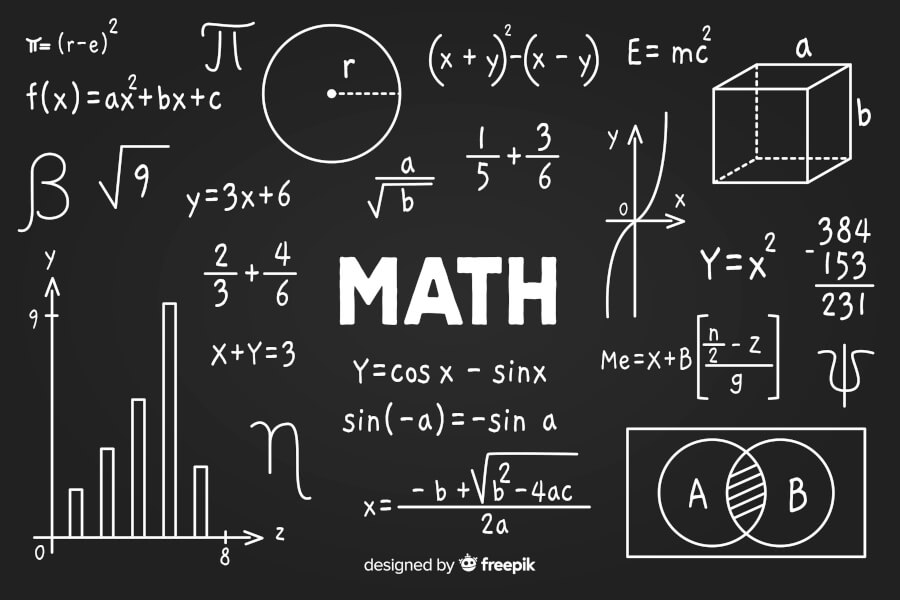The Power of Math in Data Analysis
 Sreemathibala Palpandian
Sreemathibala Palpandian
Hey there, data enthusiasts! Today, we're diving into the backbone of data analysis: mathematics. We'll explore why maths is crucial for data analysis and introduce three fundamental concepts: statistics, probability, and probability distribution functions. Don't worry, we won't dive too deep just yet – we'll save that for our next blog post!
Why Maths Matters in Data Analysis
Maths is the language of data analysis. It provides the tools to collect, analyze, and interpret data, enabling us to make informed decisions. With maths, we can:
Identify patterns and trends
Measure uncertainty and risk
Make predictions and forecasts
Optimize outcomes
Statistics: A Brief Introduction
Statistics is the study of data collection, analysis, interpretation, presentation, and organization. It helps us summarize and describe data, making it easier to understand. Think of statistics like a toolbox that provides methods to:
Summarize data (mean, median, mode)
Visualize data (charts, graphs)
Identify relationships between variables
Probability: The Chance of Success
Probability measures the likelihood of an event occurring. It's a fundamental concept in data analysis, as it helps us understand uncertainty and make informed decisions. Probability is like a compass that guides us through:
Predicting outcomes
Assessing risk
Making informed decisions
Probability Distribution Functions: The Foundation
A probability distribution function describes the probability of different values of a random variable. It's like a map that shows us the possible outcomes and their likelihood. We'll explore different types of probability distribution functions, such as:
Normal distribution
Binomial distribution
Poisson distribution
In our next blog posts, we'll dive deeper into each of these topics, exploring their applications, examples, and real-world uses. You'll learn how to apply statistical methods, calculate probabilities, and work with probability distribution functions.
Happy learning!
About the Author: Sreemathibala P is a final-year computer science student specializing in Artificial Intelligence and Machine Learning. Passionate about data science and coding, I share insights on various machine learning topics.
Follow Me: -
[X] (x.com/SreemathibalaP)
[GitHub](github.com/sreemathibalapalpandian).
Subscribe to my newsletter
Read articles from Sreemathibala Palpandian directly inside your inbox. Subscribe to the newsletter, and don't miss out.
Written by

Sreemathibala Palpandian
Sreemathibala Palpandian
I am a Final year student doing my Bachelor's in Computer Science and Engineering in specialization with Artificial Intelligence and Machine Learning